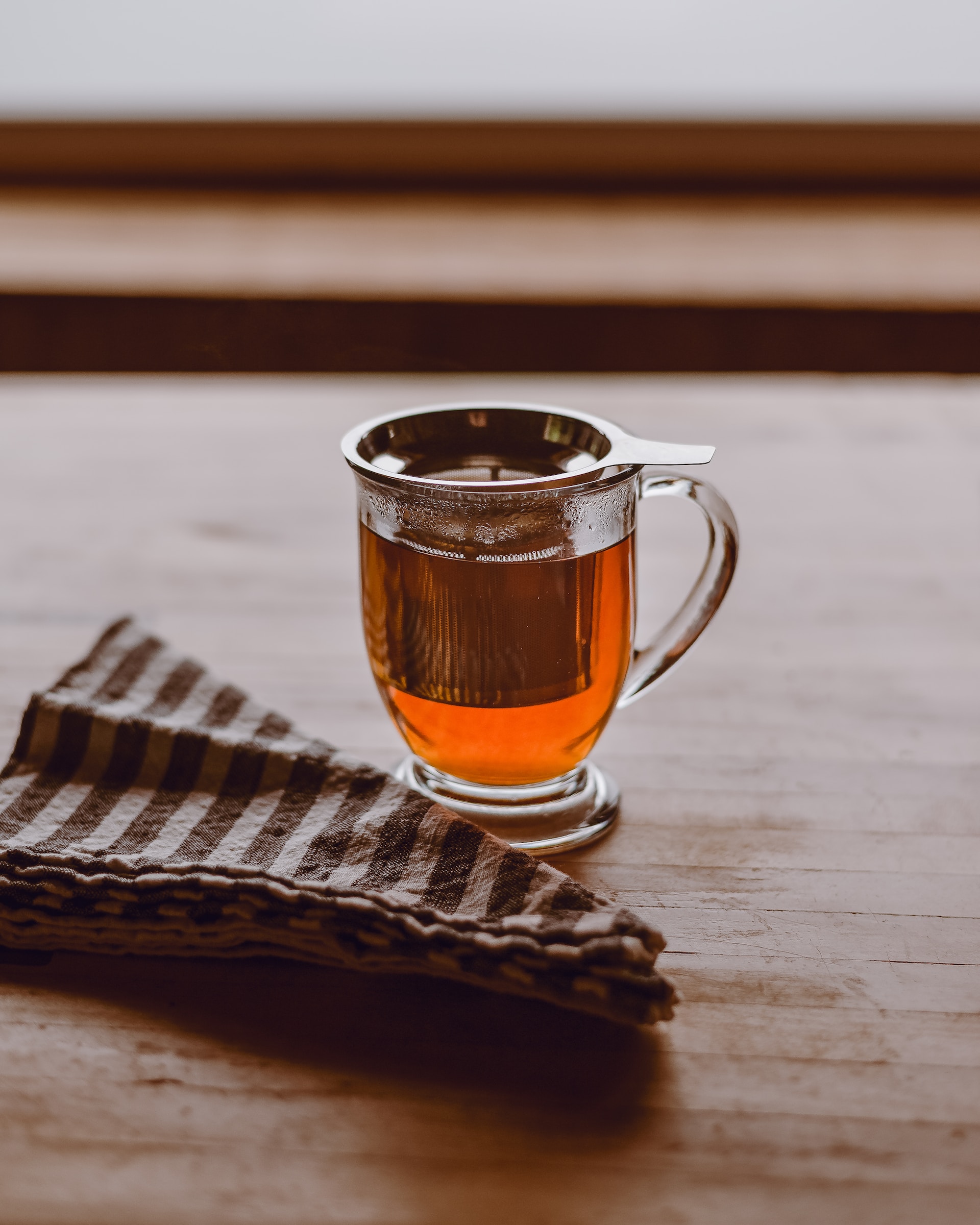Understanding the Basics of Natural Dyeing with Tea
Before diving into the artistic world of tea dyeing, it’s crucial to understand the process and the materials necessary for successful results. According to WoodlarkBlog, the process is simple and perpetuates a deeper connection with nature, which aligns with our sustainability goals as nature lovers.
The main ingredient obviously, is tea. However, not all tea is created equal. Black, green, white, and oolong teas, are all derived from the Camellia sinensis plant, each offering varying shades of natural color to derive your dye. Next, keep in mind that using natural fibers such as cotton, wool, silk, and linen are vital. They bind well with natural dyes for longer-lasting results and more vivid colors.
Dyeing Fabric with Black Tea
One common tea variant used for dyeing is black tea. According to LaCreativeMama, using black tea as a dye offers a simple, cost-effective, and eco-friendly means to upcycle old linens or to create a trendy vintage vibe.
The process can vary with hot dyeing, solar power method, and over-dyeing offering unique results. For instance, the hot dyeing method involves simmering your fabric in a concoction of black tea and water, which yields rich hues. The solar power method, on the other hand, uses the power of sunlight to steep the dye into the fabric, resulting in subtle, Earthy tones.
Going the Extra Mile: Achieving Unique Looks
If you’re interested in flexing your creative muscles, there are ways to achieve unique looks and shades using tea. You can manipulate the dyeing process to attain specific effects, gradations, and even an antique look, making your fabrics resemble timeworn treasures.
One powerful technique to play with shade variations is changing the steeping period and the concentration of tea. A lengthy steep or a higher tea-to-water ratio will darken the hue. Experiment! It’s part of the fun.
Experimenting with Different Types of Tea
Moving beyond black tea, it’s exciting to explore how different types of tea impact the dyeing process and color outcomes. Like rooibos tea is known to yield vibrant oranges and brick reds, while nettle leaf tea gives a resurrected spin on green. For more comprehensive guidance, check Rebecca Desnos Blog.
Introducing Milk Patterns onto Tea Dyeing
Stimulating your creativity and producing stunning outcomes, milk patterns can be introduced onto fabric before dyeing. A step-by-step tutorial found at Rebecca Desnos Blog can help you explore this intriguing method. As always, safety comes first. So, remember to consider the necessary safety procedures when engaging with this method.
Lastly, I’ll leave you with this soothing thought: the process of tea dyeing connects us with nature, allowing us to partake in elusive artistry while reducing our environmental impact. Fulfill your creativity and sustainability needs, one cup of tea at a time!




